My biggest source of
support for this free website is when you use those or any of
these links when you get
anything, regardless of the country in which you live. It helps me keep adding to this free website when you get your things through
these links — but I receive
nothing for my efforts if you buy elsewhere. Thanks for your support! Ken.
Plain-English Canon 6D User's Guide
Canon 6D versus 5D Mark III.
The Canon EOS 6D is the world's smallest and lightest full-frame DSLR.
The Canon 6D is the world's second-best DSLR regardless of price, right behind the very similar
Canon 5D Mark III.
If you're in the market for a full-frame DSLR for ultimate technical
quality and super-fast autofocus for action, but don't want to pay
extra for (or carry the weight of) the 5D Mark III, the 6D is about 95%
of the 5D Mark III for a lot less money. I own both, and see and feel
very little difference between them. (I also own the
Nikon D600, which is inferior).
Even if the price was the same, the reduced weight
of the 6D often makes it a better choice for carrying all day.
Technical image quality is extraordinary and the same as the 5D Mark
III;
megapixels mean nothing today,
and the 6D looks great even shot at ISO 25,600. With the 6D, you need
not spend extra for fast lenses, and with automatic lens aberration
correction, cheap lenses that didn't look very good on older cameras
like the
old 5D Mark II now look stunning when used properly on the 6D.
At only 26.8 oz. (760g), the 6D weighs 7 oz. (200g) less than the
5D Mark III and 3.3 oz. (95g) less than the
Nikon D600. The Nikon D600 is inferior, with worse handing, more weight, cheaper build and poorer color rendition, as I'll cover below.
GPS.
Wi-Fi for almost everything except replacing a
card reader. You can view and email images directly from your smart
phone, and control the 6D remotely, all with a free
app.
UHS-1 SD card compatible.
Interchangeable focus screens, especially the optional
Eg-S super-precision manual-focus screen for use with fast lenses.
Slightly more sensitive central AF sensor in low light.
I prefer the simpler AF system of the 6D. Neither
camera has face recognition in its AF system, so the extra AF zones of
the 5D Mark III don't do much other than complicate the system beyond
all recognition.
Play, Zoom and Delete buttons moved to the right side for one-handed shooting.
Slightly better battery life: rated 1,090 versus 950 shots per charge.
11, not 61, AF zones.
Only one SD card slot.
Only C1 and C2 memories, no C3.
No M-Fn button by the shutter button.
Slightly smaller LCD has plastic, not glass, cover and lacks auto brightness control.
No way to reset file number prefix; files always start with IMG. (I wish I could reset it to KEN or 6D.)
Only 1/4,000 top speed and 1/180 sync, versus 1/8,000 and 1/200 (no big deal).
$1,400 less expensive and 7 oz./200g lighter.
I wish that while playback was zoomed and
scrolled, that the SET button would bring you back to the center of the
image. (The 5D Mark III doesn't do this either.)
The Same
Everything else, especially metering, resolution,
high ISO performance and image quality, is essentially identical. The
slight differences in some specifications are used to try to help upsell
rich people into the more expensive 5D Mark III; they aren't
significant. The battery and charger are the same, too.
No, I'm not going to waste your time showing
side-by-side shots. I have real work to shoot, so no time to waste
presenting things that are the same. Each of the 5D Mark III and the 6D
look great even at ISO 25,600, and those of us who actually shoot
realize that ISO 25,600 is enough to shoot
the sky at night hand-held with an f/4 lens,
so both have many stops more sensitivity than needed for real
photography. Camera makers are going to need to invent another
specification on which to compete.
Sensor
24 x 36mm (actually 35.8mm x 23.9mm) full-frame CMOS.
5,472 x 3,648 pixels native.
20 MP CMOS.
6.55 µm pitch.
Sensor cleaner.
ISO 100 ~ 25,600 (also whacko modes at ISO 50, ISO 51,200 and ISO 102,400).
14-bit converters.
sRGB or Adobe RGB.
Image Sizes
No cropping ability for professional 5:4 or other aspect ratios.
5,472 x 3,648 native, JPG or RAW (20 MP).
3,648 x 2,432 JPG Medium (9MP).
2,736 x 1,824 JPG Small 1 (5 MP).
1,920 x 1,280 JPG Small 2 (JPG FINE only, 2.5 MP).
720 x 480 JPG Small 3 (JPG FINE only, 350 kP).
M-RAW: 4,104 x 2,736.
S-RAW: 2,736 x 1,824.
Video top
ISOs to ISO 12,800.
Embedded time code.
1,920 x 1,080 at 29.97p, 23.976p or 25p.
1,280 x 720 at 59.94p or 50p.
640 x 480 at 59.94p or 50p.
4 GB automatic file partitioning (continuous recording time 30 minutes).
Selectable all I-frame (bigger files for more precise editing) or I-P-B (smaller files) compression.
HDMI output (but no uncompressed live HDMI as do the newest Nikons).
Analog PAL or NTSC video output.
Audio (only with video)
top
Mono mic.
Stereo mic jack.
Auto and Manual audio recording level control.
Mono speaker.
Finder top
97% coverage.
71% magnification.
21mm eyepoint.
-3 to +1 diopters.
33.3º apparent angle.
Interchangeable focus screens: Eg-A II provided. Interchangeable with
Eg-D screen (grid) and
Eg-S (special super-precision manual-focus screen for fast lenses). Incompatible with the older Eg-A from the
5D Mark II.
Electronic Level top
Yes.
Autofocus top
No AF illuminator.
Movies
No continuous AF, as a camcorder can do.
Still Images
All this below is only for still photos:
11 AF points:
Center: cross-type at f/5.6; vertical line-sensitive at f/2.8.
Upper and lower AF points: vertical line-sensitive AF at f/5.6.
Other 8 AF points: Horizontal line-sensitive AF at f/5.6.
Center AF point rated to work from
LV -3 ~ 18 at 73°F (23°C), others from LV 0.5.
No EOS iTR (Intelligent Tracking and Recognition), so it can't recognize subjects based on face and color as can the
1D X.
Light Meter top
Range:
LV 1 or 1 to 20 at 73°F (23°C) with
50mm f/1.8 lens.
63-zone dual-layer meter. "Dual Layer" means it can't even see
in full color; the 6D's an 5D Mark III's meters only see in warm and
cool. Nikons have had
1,005 pixel full-color RGB meters since 1996.
The number of zones is irrelevant, what the firmware does with this data to determine exposure is far more important. My
LEICA M9
only has one zone metering, and is more accurate than my Nikons or
Canons, so what do you think about that, eh? Metering zones are
irrelevant.
Flash top
No built-in flash.
Flash Sync is 1/180, which is within a half stop of 1/250.
No PC sync terminal; use a hot-shoe adapter.
E-TTL II exposure control works with all EX-series flashes.
Shutter top
4.5 FPS (fast) and 3 FPS (slow).
"Silent" 3 FPS mode.
Rated 100,000 shots.
1/4,000 ~ 30 seconds.
Sync is 1/180.
Buffer
73 JPG, 14 RAW, 7 RAW+JPG with slow card.
1,250 JPG, 17 RAW, 8 RAW+JPG with fast UHS-1 card.
Remote
RS-80N3.
TC-80N3.
RC-6, also RC-1 and RC-2 remotes work.
Data File & Folder Formats top
Photos
JPEG
RAW (14-bit Canon Original)
M-RAW
S-RAW
RAW+JPEG
M-RAW+JPEG
S-RAW+JPEG
Video
.MOV files holding:
Picture: H.264/MPEG-4 AVC coding.
Audio: 48 ksps 16 bit Linear PCM coding.
GPS top
Tags image locations.
Sets clock.
Can record a track log file.
Wi-Fi top
With a smart phone app, allows one to see and email the images
from your card. Also allows remote camera control, replacing the WFTs
of older cameras, and more!
Storage top
One SD slot, only.
SD, SDHC, SDXC and UHS-1.
LCD top
3" (77mm) diagonal; 63.7mm x 42.5mm.
3:2 aspect ratio.
1,040,000 dot.
Manual brightness control only.
Coated plastic cover.
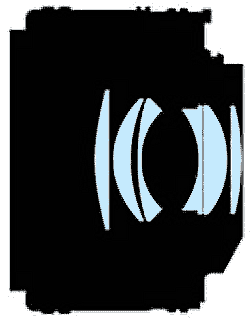

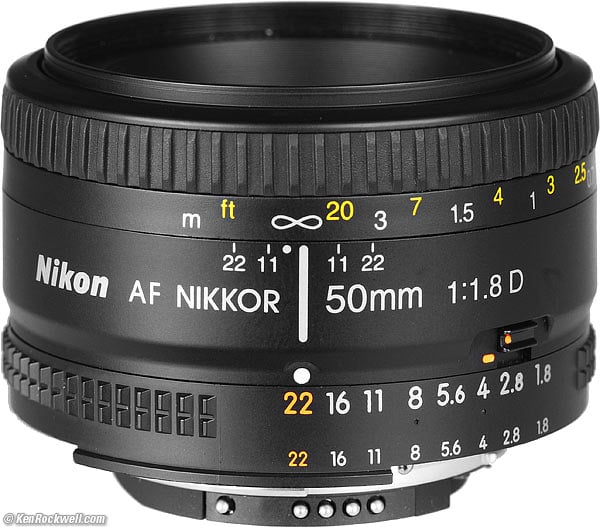


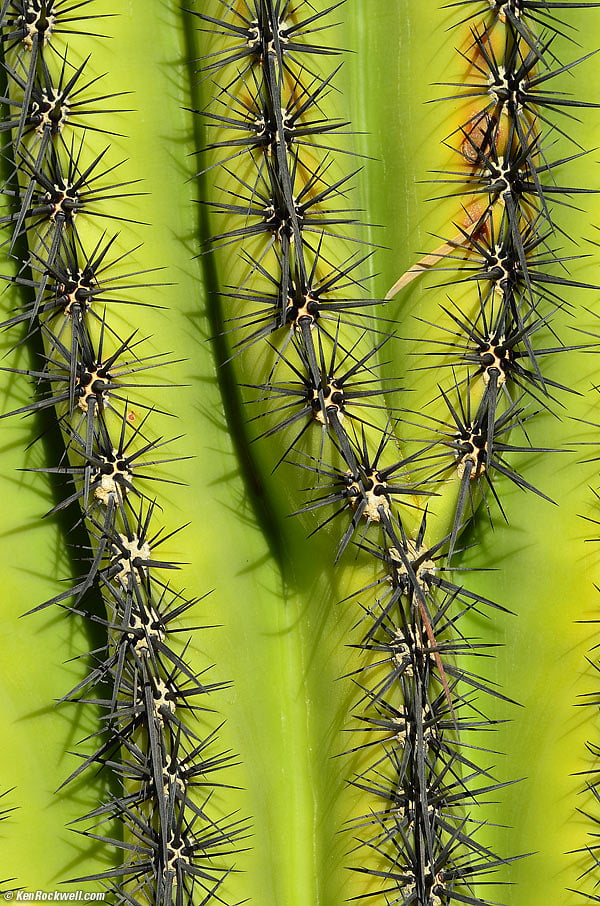
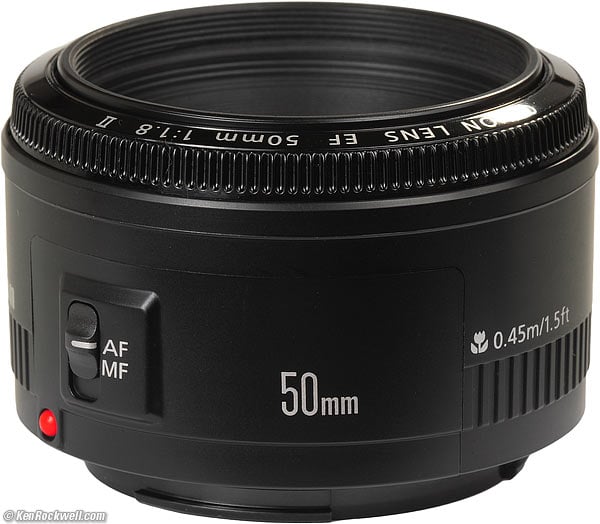
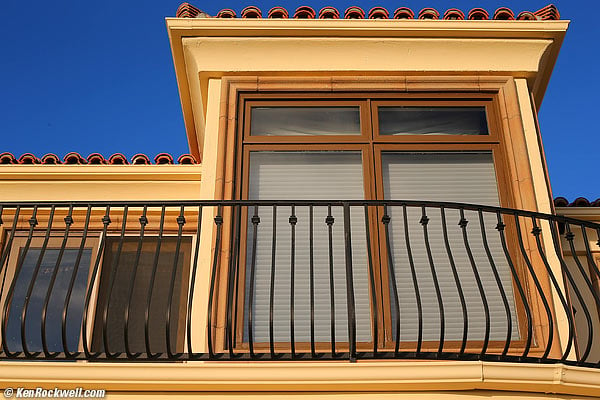
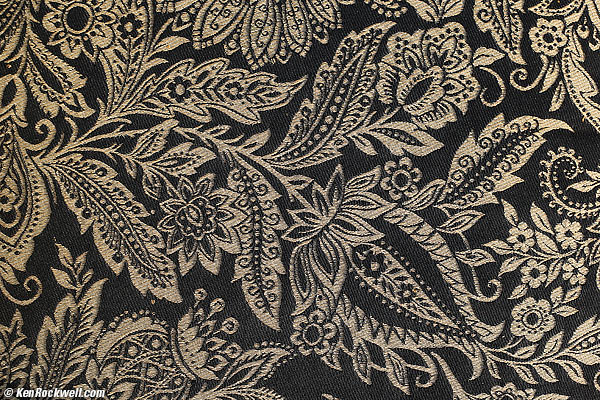

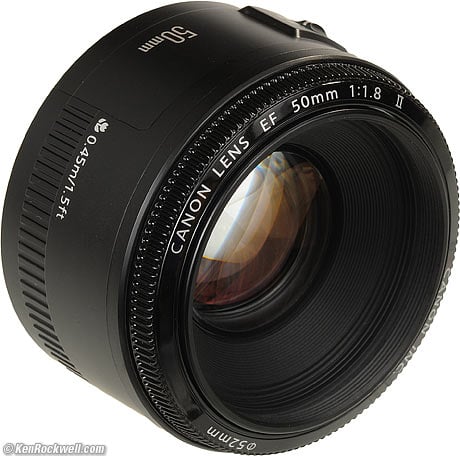
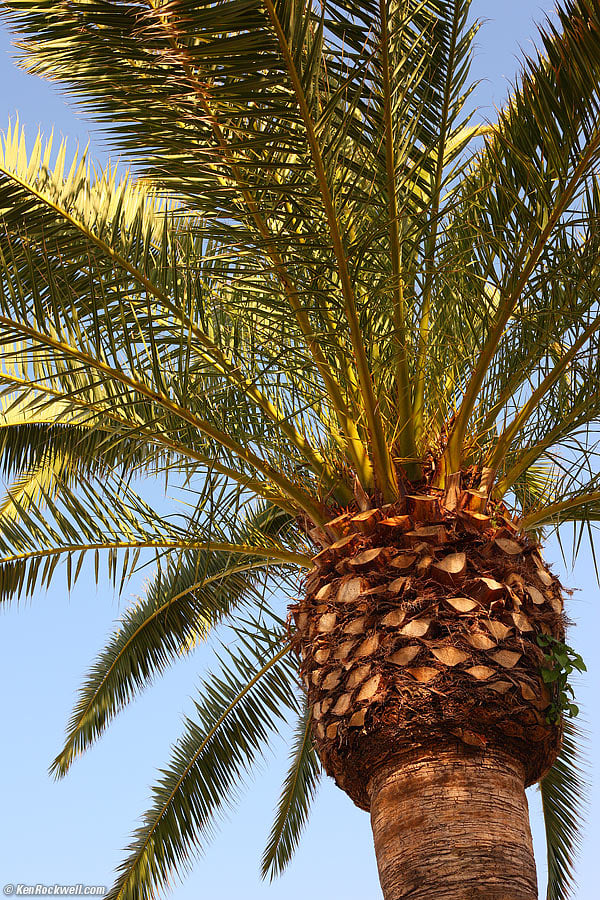

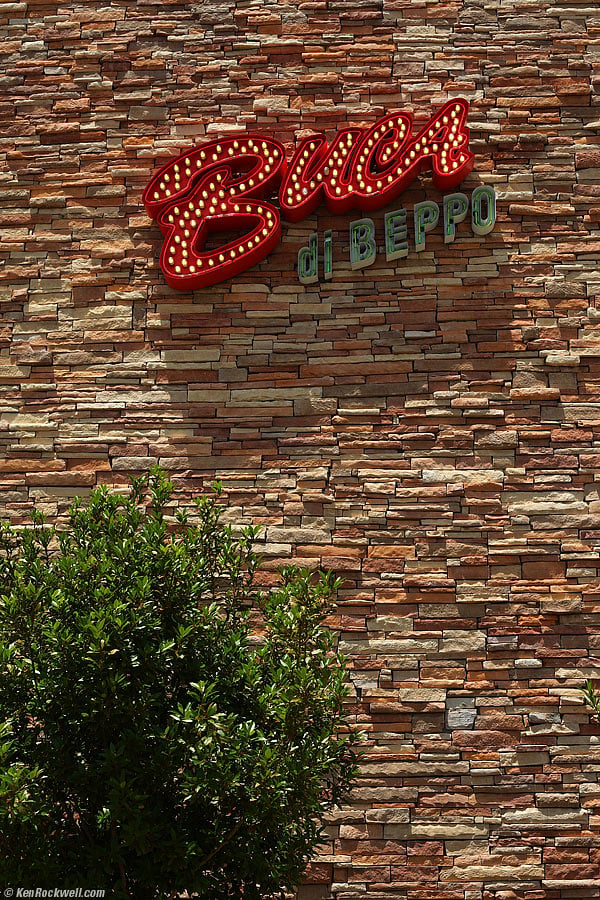
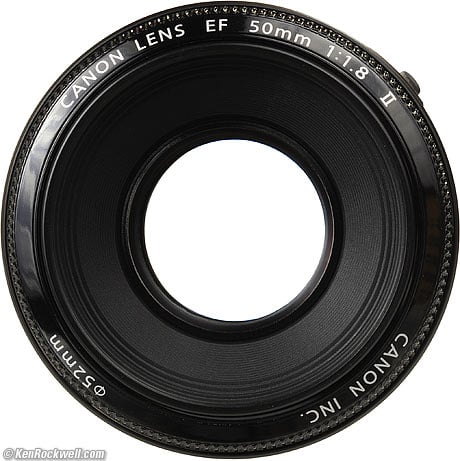
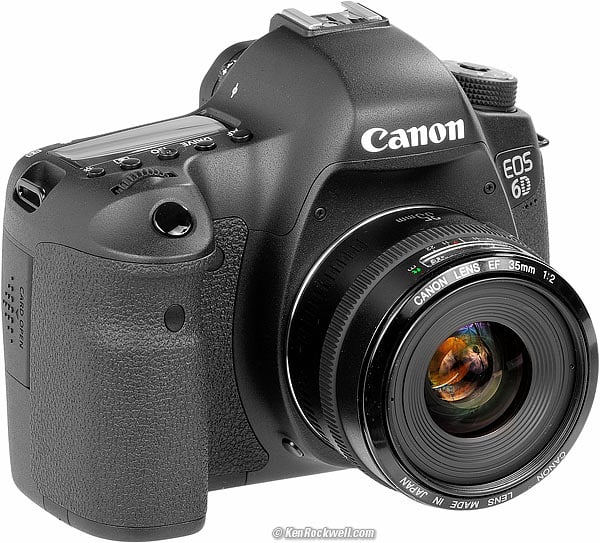
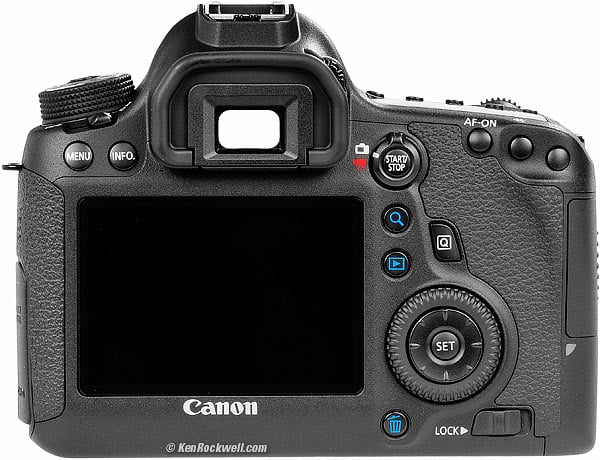
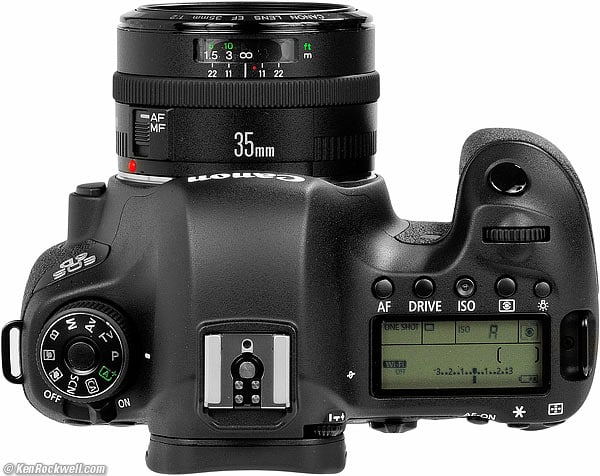
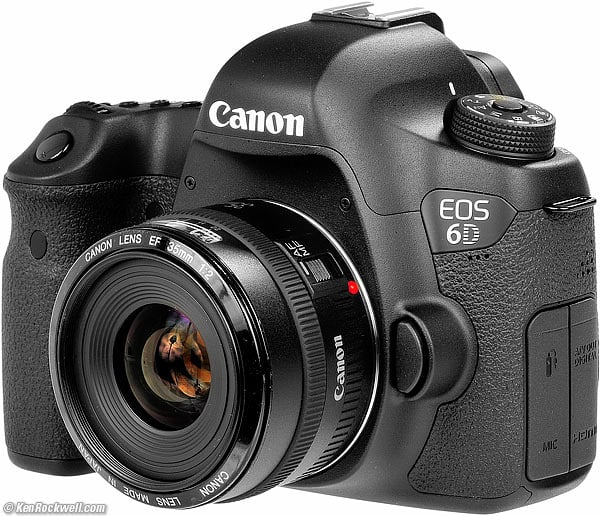
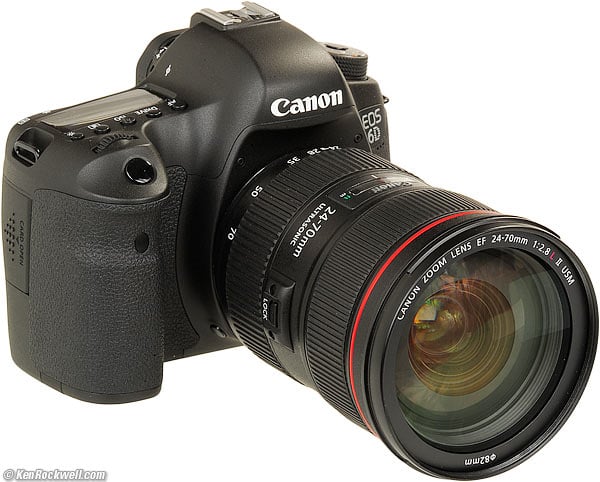
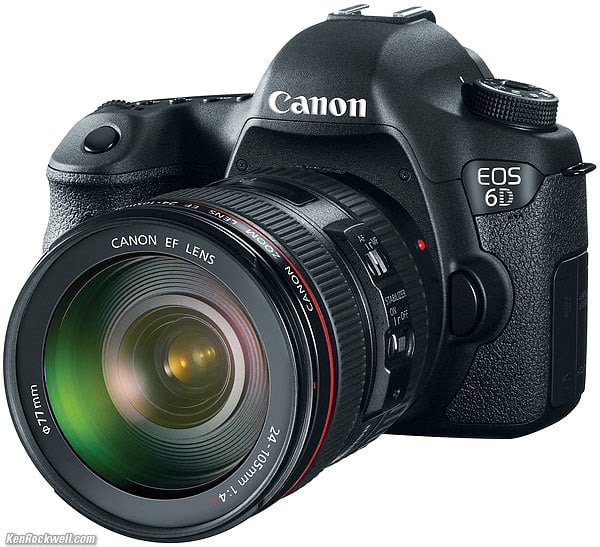





 button provides quick access to the camera's current settings and
retouch menu. In Live View mode, an innovative Spot White Balance
function automatically sets the white balance using the colour of a
selected area. This eliminates the need for grey cards and can even be
done while using a telephoto lens.
button provides quick access to the camera's current settings and
retouch menu. In Live View mode, an innovative Spot White Balance
function automatically sets the white balance using the colour of a
selected area. This eliminates the need for grey cards and can even be
done while using a telephoto lens.